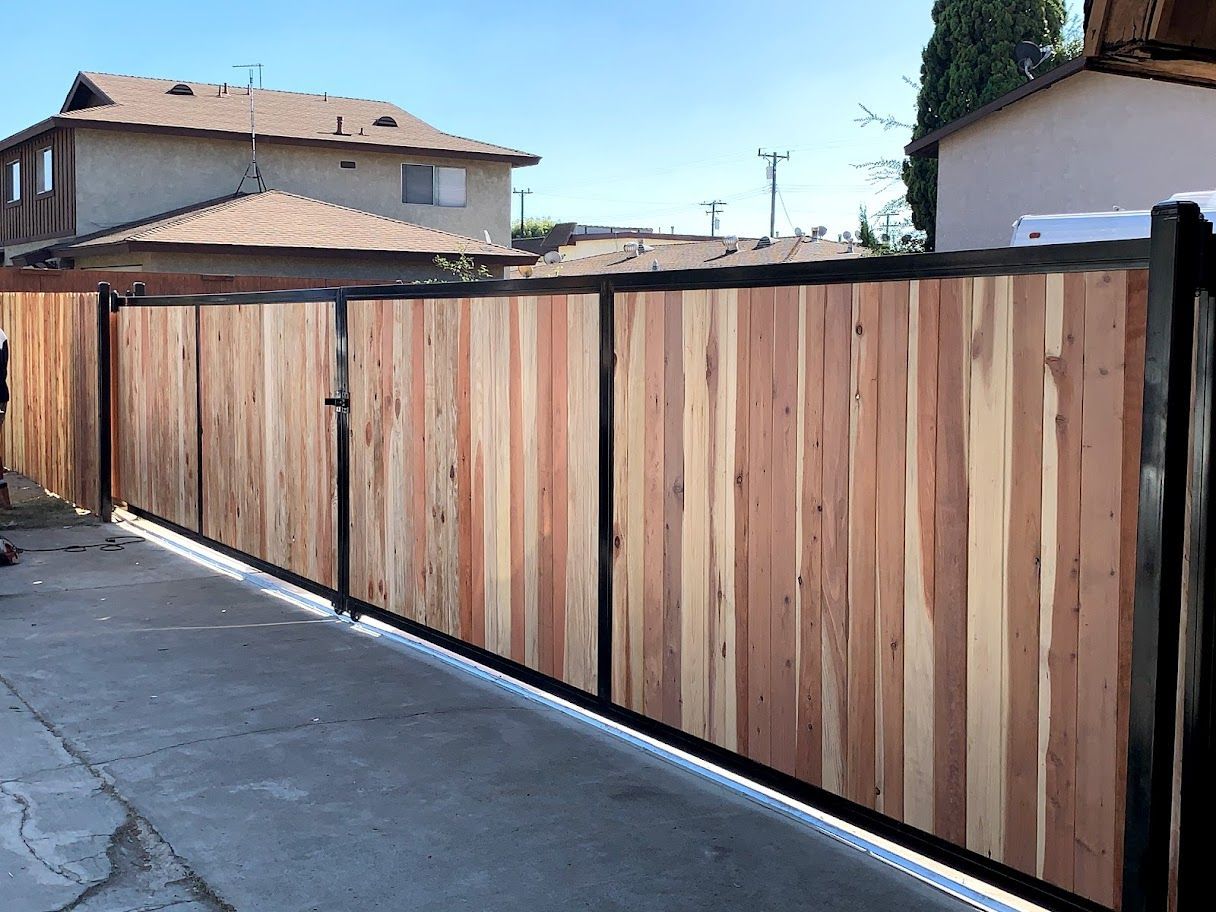All Categories
Featured

When taking into consideration setting up a fence on your home, one of one of the most vital steps is to comprehend whether you require a permit. Fence installations typically call for an authorization to guarantee that the framework abides by regional zoning laws, building codes, and security standards. The particular permits needed can vary depending upon your area, the kind of fence you intend to set up, and the height or positioning of the fence. Right here's an overview to assist you browse the procedure of acquiring a fence permit and make sure that your installment is hassle-free and legal.
Why You Required a Permit for a Fencing Setup. A fencing permit is necessary to ensure that the installation meets regional regulations. The license process assists local authorities validate that your fence does not interfere with website traffic visibility, regard your property lines, or go against height limitations. It additionally makes sure the safety and security of the structure, so it doesn't position a hazard to you, your next-door neighbors, or the general public. Mounting a fence without a permit can lead to fines, removal of the fence, or delays in building, so it's important to check whether a permit is needed prior to beginning your job.
Types of Licenses You May Need. There are a couple of typical kinds of authorizations you could require for a fencing installation:
Structure Authorization. A structure permit is one of the most typical permit needed for fencing installments. This authorization ensures that the fencing satisfies safety criteria and is created according to local building regulations. A building authorization is commonly needed if the fence goes beyond a particular height (commonly 6 feet), is made from specific products, or lies near a public walkway or road.
Zoning Authorization. A zoning permit might be called for to confirm that your fence follows regional zoning legislations. Zoning laws can dictate where a fencing can be placed on your residential or commercial property, just how high it can be, and whether it is admitted particular areas (such as along building lines or ahead yards) Some towns have policies restricting the elevation of fencings in the front lawn to make certain exposure for pedestrians and chauffeurs.
.jpg)
Problem License. If you are developing a fencing near your property line or near a road, you may need a problem permit. A setback describes the range a framework, including fences, have to be from the residential property line. Trouble guidelines vary by location, and ensuring that your fencing is placed properly can avoid disputes with next-door neighbors and stay clear of infractions.
Homeowner Association (HOA) Approval. If you live in a community controlled by a Homeowner's Association (HOA), you might require authorization from them along with neighborhood authorizations. HOA guidelines typically cover the sort of products, elevation, style, and color of fencings. Also if your local federal government does not require a license, your HOA may still have details guidelines that require to be followed.
Just How to Look For a Fence License. To use for a fencing authorization, you'll need to call your local building division or planning workplace. The application procedure normally involves filling out a form, paying a cost, and submitting a website strategy of your residential property that reveals the suggested location of the fence. You may likewise require to include information concerning the products, elevation, and design of the fencing.
In some instances, a neighborhood official may need to evaluate your residential property prior to authorizing the authorization. Once the license is provided, you will be authorized to wage your fence installment.
When Is a Permit Not Required? In specific circumstances, an authorization may not be needed. These scenarios can include:
Reduced Elevation Fences: In lots of areas, fencings that are listed below a specific elevation (frequently 3 to 4 feet) might not need a license, especially if they are positioned in the backyard or other non-visible locations.
Fencing Substitute: If you're changing an existing fence with the same elevation and material, some locations may not require a brand-new license.
Non-Obtrusive Fencings: Attractive or momentary fencings, such as those used for gardening or landscape design objectives, may not need licenses as long as they are not long-term and reduced.
However, it's crucial to talk to your neighborhood zoning workplace or structure division, as laws can vary by jurisdiction.
Repercussions of Not Acquiring a License. Falling short to get the required authorizations can result in considerable repercussions. These include penalties, required elimination of the fencing, or perhaps delays in building and construction. Additionally, if your fence does not satisfy neighborhood regulations, you can face legal issues with next-door neighbors or regional authorities.

Conclusion. When mounting a fencing, it's crucial to investigate the license needs in your location. By making sure that you adhere to local guidelines and get the necessary licenses, you can make certain and prevent expensive errors that your fence is lawfully compliant. Contact your local building department, HOA, and zoning workplace to determine what authorizations are required for your details fencing job. This step is essential to protect both your investment and your residential or commercial property's value.
Latest Posts
Find Out Why Chicago Drivers Select Montclare Auto Repair for Reliable Service and Significant Savings
Published May 26, 25
1 min read
Uncover Premier Auto Repair Care offered by Montclare Auto Repair – Keep Your Car Running Smoothly
Published May 24, 25
1 min read
Discover Reduce Expenses on Car Maintenance with Montclare Auto Repair’s Limited-Time Deals
Published May 23, 25
1 min read
More
Latest Posts
Find Out Why Chicago Drivers Select Montclare Auto Repair for Reliable Service and Significant Savings
Published May 26, 25
1 min read
Uncover Premier Auto Repair Care offered by Montclare Auto Repair – Keep Your Car Running Smoothly
Published May 24, 25
1 min read
Discover Reduce Expenses on Car Maintenance with Montclare Auto Repair’s Limited-Time Deals
Published May 23, 25
1 min read